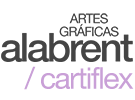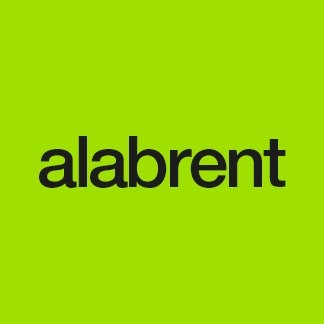Redacción Alabrent
“The new regulations require food and beverage manufacturers to update all of their packaging artwork for product sold in the US, which is a complex challenge due to the sheer volume of work and the need to ensure the layout of the label is exactly as described by the FDA,” said Philippe Adam, Vice President of Global Marketing at Esko. “Our unique solution allows manufacturers to establish a methodology and clear process for dealing with this challenge in a very simple way, as well as preparing manufacturers with an established workflow for future regulatory compliance of their packaging.”Esko’s solution employs its latest technology to establish a reliable workflow and simple approval and quality control capabilities, as well as nutritional facts table templates for easy placement into packaging artwork, which will enable rapid development of compliant packaging.
Changes to the new Nutrition Facts label include a refreshed design, with increased type size for ‘Calories,’ ‘Servings per container,’ and ‘Serving size’, the addition of ‘Added sugars,’ in grams and as percentage of Daily Value, and an update to many serving sizes to bring them more in line with current consumer habits.
Matching the method to the manufacturer
Depending on the needs of each individual organization, Esko has devised three clear methods to implement the new solution.
“We have taken a very comprehensive approach to finding exactly the right solution to this challenge and we want to ensure each organization can utilize it regardless of how they currently manage their data,” said Adam. “Each organization can choose the method most suited to its current situation while using updated Nutritional Facts templates and be confident that they will optimize their nutritional labeling process and create a single source of truth.”
Method 1 starts with the Brand Owner. If your data resides in different systems or in files, you can create nutritional facts tables (NFTs) from scratch, entering data into templates, which are centralized for review and approval before being placed into artwork (see schematic below).
Method 2 starts with the artwork. If your data source is your current artwork and your data is not digitally managed, Esko provides a plug-in to Adobe® Illustrator® that connects it to workflow and provides NFT templates. You can then insert a new NFT template into the artwork, update the nutritional information and route for review and approval. In the background the plug-in automatically centralizes the data, making future updates quick and easy.
Method 3 is full system integration. If your nutritional information is available in a structured fashion within other external systems, you can automate the data collection process required in creating or updating the NFTs, so your data comes from external sources instead of being manually entered. It is then routed for review and approval and is automatically centralized for future updates.
“These regulations will ultimately provide more clarity for consumers, but transitions like these can be complex and disruptive,” said Adam. “We believe it is our job to help manufacturers transition to the new templates in a seamless manner, well in advance of the 2018 deadline. With the solution we have developed, we believe we are uniquely placed to do so, and we have developed three tailored methods which manufacturers can choose from based on their current level of need.”



